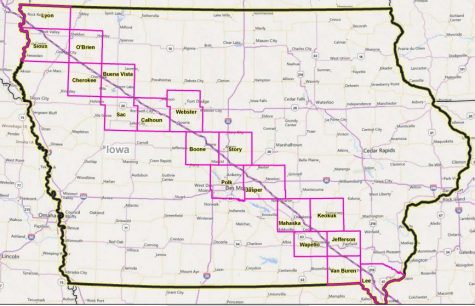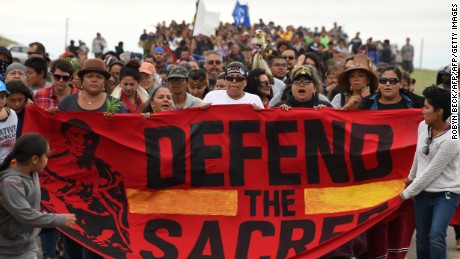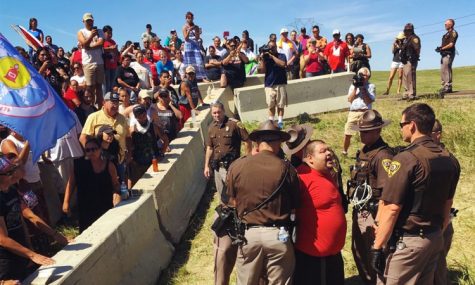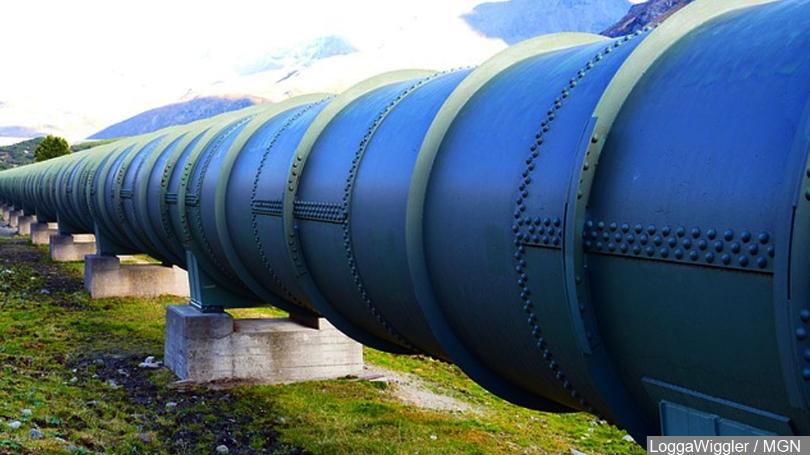Your donation will support the student journalists of ELEANOR ROOSEVELT HIGH SCHOOL - CA. Your contribution will allow us to purchase equipment and cover our annual website hosting costs.
Dakota Access Pipeline
January 13, 2017
The conflict between the construction of the Dakota Pipeline and the Natives whose land it cuts through came to an end the end of last year, however, the conflict seems to be continuing into the new year.
When the pipeline was approved by the North Dakota Public Service Commission, the Iowa Utilities Board, and the U.S. Army Corps of Engineers it started a dispute. The plans for construction are for the pipe to pass through sacred land for the Standing Rock Sioux, a tribe whose reservation lies in both North and South Dakota. The Standing Rock Sioux attempts to appeal legally through the court system, arguing the pipeline may threaten the safety of the water as it runs underneath Lake Oahe, however their appeal is denied and a federal court states the pipeline has the right to be built on private property.

The Native American activists state they are only advocating to protect their sacred land and the clean water of the people while the police force argued the Native Americans are simply rioters and squatters trespassing on private property.
On November 18, 2016, Energy Transfer rejected the proposal to re-route the pipeline and confrontation between the law enforcement and the protesters elevated. Police forces used pepper spray, water cannons, rubber bullets, and guard dogs to control the Native Americans protesting the construction of the pipeline.
By the end of November the U.S. Army Corps of Engineers ordered protesters to vacate their camp site by Dec. 5, but they stayed put. On December 3, 2016 U.S. veterans, members of the activist group Veterans Stand for Standing Rock, arrived at the camp to assist the protesters.
Victory for the Sioux is announced on December 4, 2016 as work on the pipeline was halted after the U.S. Army Corps of Engineers denied an easement allowing the pipeline to cross through Lake Oahe.


Protests continue and the company is attempting to appeal to the court to resume the construction. To access more information about the protests search up #NODAPL.
